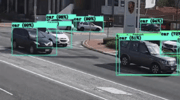
You’ve probably seen them appear in your neighbourhood—those bright new 30km/h speed limit signs that seem to divide communities faster than a debate about the cricket.
Some call them a lifesaving change, others see them as government overreach, but one thing’s certain: they’re sparking conversations about what safety really means on Australian streets.
From the Gold Coast to Melbourne’s inner suburbs, a national reckoning is taking place over how we move, how we share the road, and how fast is too fast.
For many Australians, it’s a confronting conversation—especially as the nation’s road toll continues to climb.
Australia recorded 1,327 road fatalities in 2024, marking the fourth consecutive year of rising deaths.
For those who remember a time when children could play freely on quiet streets, the statistics are more than just numbers—they’re a reminder of how fragile life on the road can be.
In this article
The Sobering Reality: When Every Second Counts
The physics of a crash are unforgiving.
A pedestrian struck by a car at 50km/h has an 85 per cent chance of dying, compared to just 10 per cent at 30km/h.
For grandparents walking to the local shops or great-grandchildren cycling to school, that 20km/h difference can determine whether they live or die.
Research from RMIT University’s Centre for Urban Research has added new weight to the argument for slower speeds.
Their analysis of every road in Greater Melbourne found that reducing limits from 50km/h to 30km/h slashed cyclists’ exposure to high-traffic-stress roads by 30 per cent.
By factoring in speed limits, traffic volumes, and cycling infrastructure, researchers created a detailed picture of how small changes could dramatically reshape safety in busy cities.
Road Safety Reality Check
Research shows 30km/h speed limits on local residential streets could reduce the Australian road death toll by 13 per cent.
The economic benefit would be about $3.5 billion every year—money that could instead fund healthcare, infrastructure, and community services rather than covering the costs of preventable road trauma.
Where The Change Is Already Happening
While the concept of 30km/h zones may sound new to some, several councils have already begun testing them.
The City of Yarra launched its latest trial in May 2024, expanding on a 2018 pilot.
The new program now covers all remaining streets within Fitzroy and Collingwood, excluding main arterial roads like Johnston Street and Nicholson Street.
Further north, Tugun—a beachside suburb in the City of Gold Coast—has introduced a 30km/h cap along its main thoroughfare.
The move aligns with a broader national trend that favours community safety and pedestrian-friendly environments over vehicle speed.
Meanwhile, the City of Melbourne went even further in July 2024, setting 20km/h limits on several laneways including Flinders Lane, Little Collins Street, Little Bourke Street, Little Lonsdale Street and Little La Trobe Street.
These initiatives aren’t symbolic gestures—they’re structured trials backed by government agencies, researchers, and safety advocates.
‘Slowing down vehicles is a cheap and effective way to improve safety while we wait for longer-term infrastructure upgrades.’
The Political Pushback
Despite the evidence, not everyone supports the shift.
NSW Premier Chris Minns criticised the idea of expanding 30km/h zones in Sydney, saying: ‘You could walk quicker than that.’
He argued that treating Sydney like a small country town was ‘over the top’ for a global city that depends on vehicle movement.
This sentiment reflects a larger debate that’s been simmering for years: the tension between road safety and personal freedom.
Many Australians see driving as a basic right, not a privilege that should be further restricted by government policy.
For them, the thought of crawling through local streets at 30km/h feels like another example of overregulation creeping into daily life.
But road safety experts and health researchers counter that evidence—not opinion—should guide policy.
The statistics, they say, are simply too compelling to ignore.
How Australia Compares Globally
While Australia continues to debate, other countries are already embracing slower speeds as a national standard.
Wales implemented a default 20mph limit in 2023, and Scotland is expected to follow in 2025.
Australia, by contrast, still maintains some of the highest default speed limits among developed nations and remains absent from global road safety initiatives.
Did you know?
Did You Know? Australia hasn’t signed the ‘Stockholm Declaration’, adopted by 130 countries in 2020, which calls for 30km/h limits in urban areas where vehicles and pedestrians regularly share space.
What It Means for Older Australians
For seniors, this debate isn’t theoretical—it’s personal.
As we age, our reflexes slow, and our bodies become more vulnerable to impact.
A fall or collision that might bruise a younger person can leave an older adult hospitalised for months.
In that context, being struck at 30km/h instead of 50km/h could mean the difference between recovery and tragedy.
Dr Afshin Jafari emphasised that lower speed limits could have the greatest impact in outer suburbs.
Many of these areas lack basic infrastructure like footpaths or pedestrian crossings, leaving residents—particularly older ones—exposed to higher risks when walking for errands or exercise.
The RMIT study also highlighted that slower limits have minimal impact on travel times.
Since residential streets typically make up only a small portion of most car trips, the time lost to driving at 30km/h is measured in seconds, not minutes.
The Economics of Slowing Down
Beyond the human impact, there’s a strong financial case for reducing speed limits.
The projected $3.5 billion in annual economic benefit includes savings from lower medical expenses, reduced property damage, fewer emergency responses, and increased productivity from avoided injuries.
For governments grappling with rising healthcare costs and limited budgets, the math is simple: slower speeds save money as well as lives.
Unlike large-scale infrastructure projects or policing initiatives, speed limit reductions require little more than new signage and public education.
They’re inexpensive, scalable, and effective—a rare combination in public policy.
The Global Shift Towards Safer Streets
Around the world, cities that once faced fierce opposition to speed reductions are now seeing strong community support.
In places like Oslo and Helsinki, both of which introduced extensive low-speed zones, pedestrian fatalities have dropped to near zero.
Studies show that once residents experience quieter, calmer, and safer streets, initial resistance fades.
Parents feel more comfortable letting children walk to school, and local businesses often see increased foot traffic as people spend more time outdoors.
Why Australia Might Follow Suit
Infrastructure Victoria has already urged the state to lower limits in areas frequented by children, highlighting that around seven children die and 300 are seriously injured on Victorian roads each year—mostly on 50km/h residential streets.
Community acceptance tends to grow after implementation, and councils are learning from overseas examples.
Starting small—with pilot programs near schools, playgrounds, or community centres—allows councils to gather data while easing residents into the change.
Over time, what starts as an experiment can evolve into standard practice, just as it has elsewhere.
Changing Minds One Street at a Time
Australians have a complex relationship with driving—it symbolises freedom, independence, and control.
But the conversation around 30km/h limits invites us to rethink what safety and freedom really mean.
For many older Australians, a safer street isn’t a political issue—it’s about preserving mobility, independence, and peace of mind.
Communities that once opposed reduced limits often end up embracing them once they experience fewer near-misses, calmer traffic, and a stronger sense of neighbourhood connection.
The benefits, both human and economic, are hard to deny.
The Speed Limit Reality Check
- Australia’s road toll rose for the fourth straight year in 2024.
- Introducing 30km/h limits could prevent 13 per cent of road deaths nationally.
- Economic benefits are estimated at $3.5 billion annually.
- Pedestrian survival rates rise from 15 per cent at 50km/h to 90 per cent at 30km/h.
- Trials are already underway in Melbourne, Sydney, and the Gold Coast.
What Comes Next
The push for 30km/h zones is gaining momentum, even as political leaders express hesitation.
Evidence continues to show that slower streets save lives, improve communities, and reduce costs—without meaningfully affecting travel times.
As global examples pile up, it’s only a matter of time before Australia catches up.
What This Means For You
Australia recorded 1,327 road deaths in 2024—the fourth year in a row the toll has risen—a statistic that hits close to home for many families who’ve lost loved ones on our roads.
Research shows that dropping speed limits from 50km/h to 30km/h dramatically improves pedestrian survival rates, potentially saving 13 per cent of lives each year.
Beyond the human cost, the financial benefits are substantial too, with an estimated $3.5 billion in annual savings from reduced crashes and hospitalisations.
Trials in Melbourne, Sydney, and the Gold Coast reveal that once communities experience the quieter, safer streets these limits bring, support for change grows rapidly.
For older Australians especially, slower streets could mean more than safety—they could mean freedom to walk, cycle, and connect with their neighbourhoods without fear.
As conversations about road safety and speed limits continue, questions are also being raised about who’s behind the wheel and how long-term driving habits may need to adapt to new regulations.
Recent discussions in transport policy have focused not only on safer streets but also on ensuring every driver remains fit to navigate them confidently and responsibly.
If you’re curious about how these proposed changes could affect everyday driving, there’s another story exploring this very issue.
Read more: Buckle up, seniors! New driving regulations could target elderly licence holders
Controversial road rule change could impact millions of Aussies amid growing national trend — Reports on the rising debate over 30km/h speed zones and their potential impact on Australian streets.
Controversial road rule change could impact millions amid growing national trend
Push to cut speed limits gains ground as research shows safer streets | YourLifeChoices — Highlights that Australia recorded 1,327 road fatalities in 2024, marking the fourth consecutive year of rising deaths.
One Aussie State Lowering Speed Limit To 30Kmh On Residential Streets – Australian News Locally — Explains that pedestrian survival rates improve dramatically when speed limits drop from 50km/h to 30km/h.
Busted: 5 myths about 30km/h speed limits in Australia — UNSW Newsroom — Shows that 30km/h speed limits could reduce the national road death toll by 13% and deliver $3.5 billion in annual economic benefits.
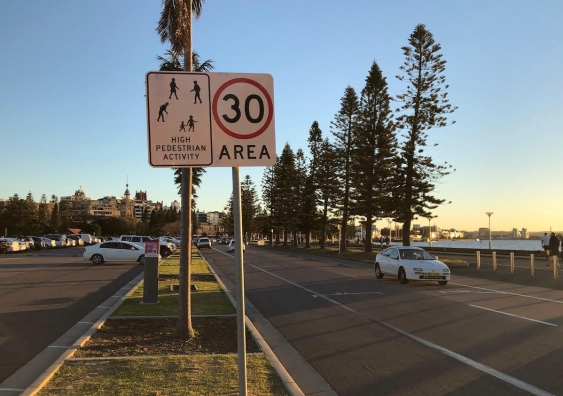
How VIC Plans Bold 30km Speed Limits — Details the City of Yarra trial that began in May 2024, expanding on a previous 2018 pilot, to improve local street safety.
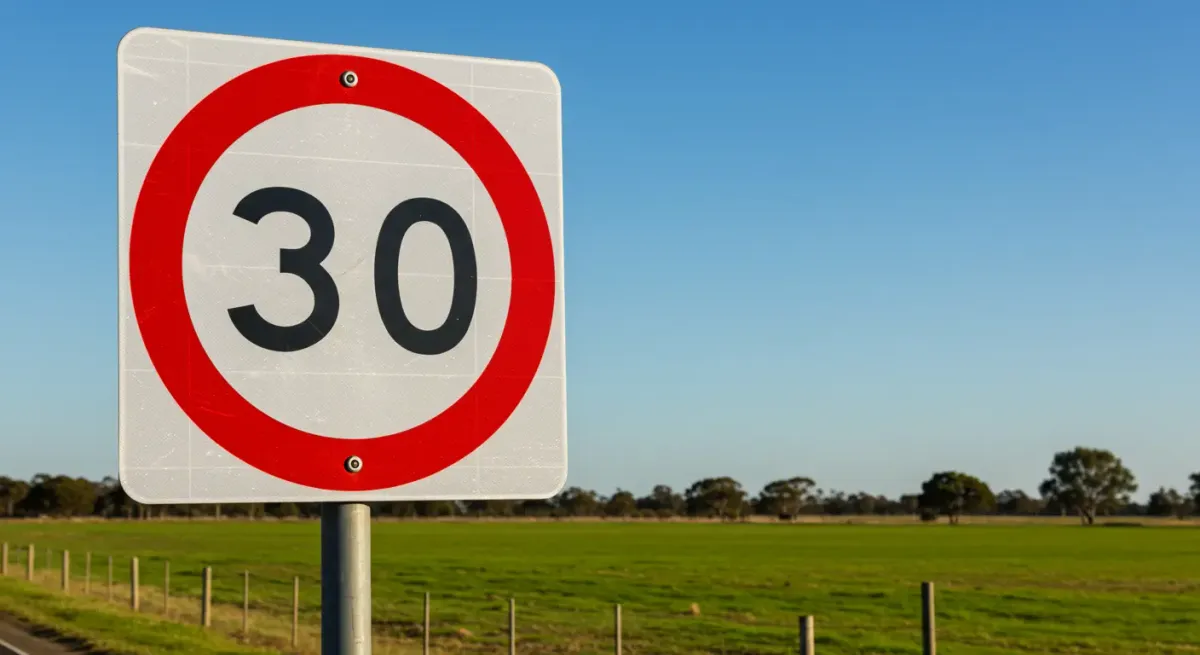
How VIC Plans Bold 30km Speed Limits
News – 30please.org — Reports that Tugun, a beachside suburb in the City of Gold Coast, has capped speed limits to 30km/h along its main thoroughfare.
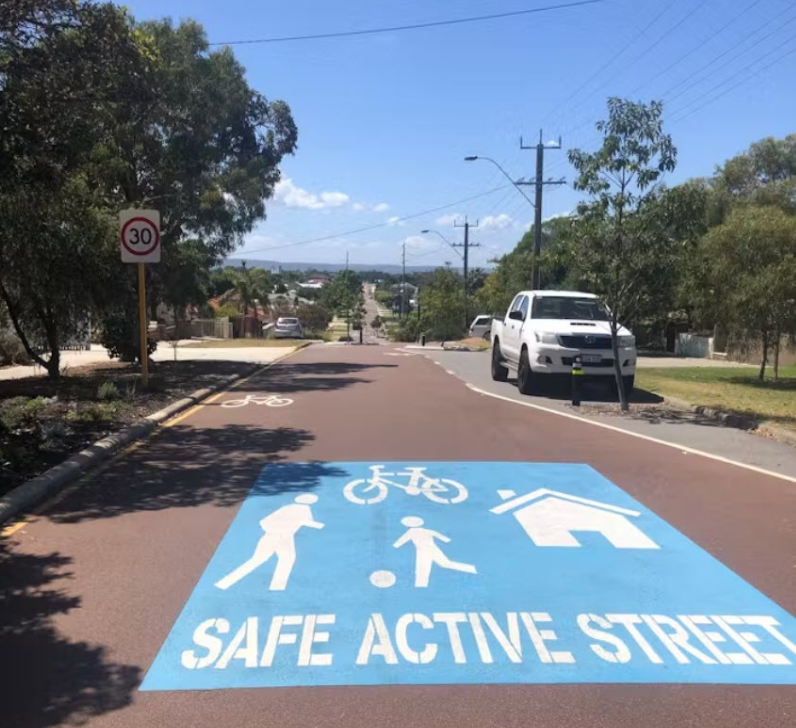
News
 30please.org
30please.org
Push to cut speed limits gains ground as research shows safer streets | YourLifeChoices — Quotes NSW Premier Chris Minns criticising the expansion of 30km/h zones in Sydney, saying: ‘You could walk quicker than that.’
Lower residential speed limits: let’s stop the “car”nage — The University of Sydney — Notes that Wales adopted a default 20mph limit in 2023, with Scotland set to follow in 2025.
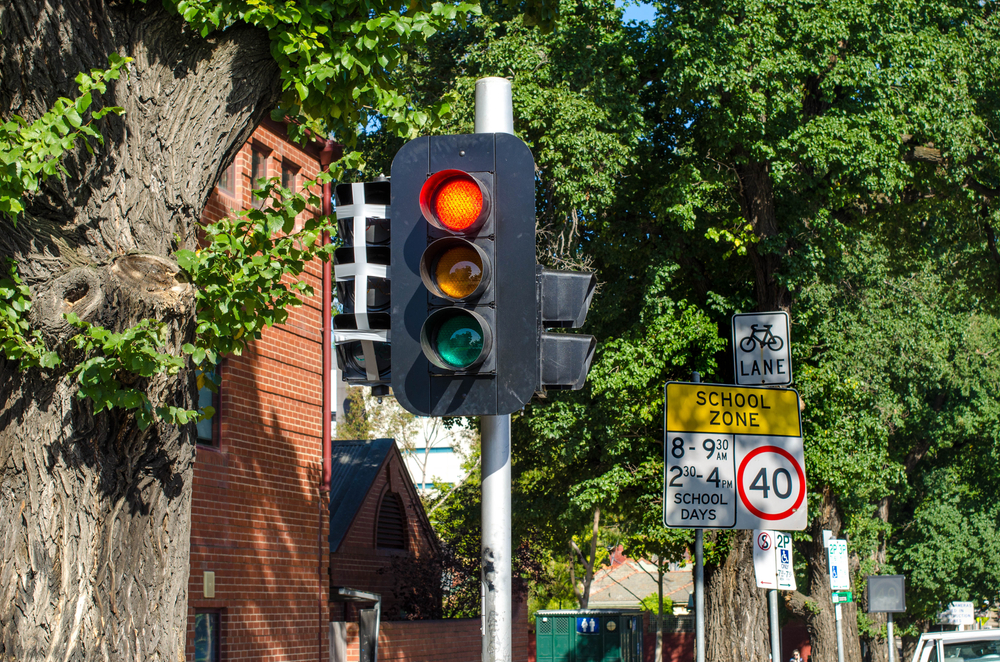
Lower residential speed limits: let’s stop the “car”nage
Whether you’re a driver frustrated by new limits or a pedestrian who finally feels safe crossing the street, this shift is changing the way we move through our neighbourhoods.
The real question is: how slow are we willing to go to save a life?


